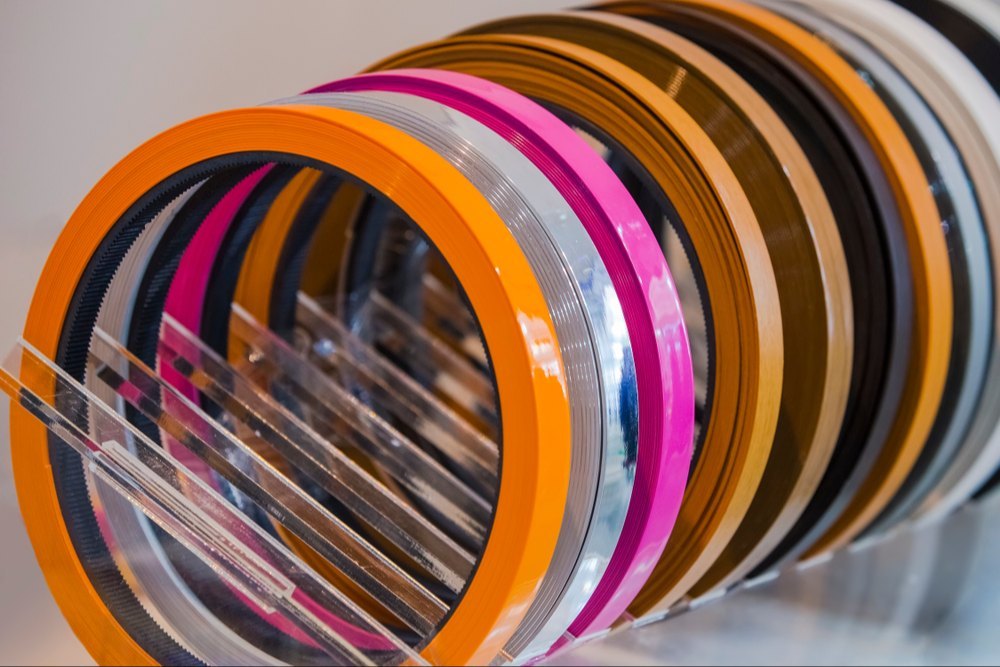Key Takeaways:
- Edgebanding chemicals enhance the aesthetics and durability of materials used in various industries.
- Their applications extend beyond furniture, finding use in the automotive and aerospace sectors.
- Future trends in edgebanding focus on technological advances and sustainability.
Table of Contents:
- Introduction to Edgebanding Chemicals
- Importance of Edgebanding in Modern Manufacturing
- Common Applications of Edgebanding Chemicals
- Innovative Uses in Diverse Industries
- Future Trends in Edgebanding Technology
- Environmental Considerations
- Expert Opinions on Edgebanding Advances
- Final Thoughts
Introduction to Edgebanding Chemicals
Edgebanding chemicals are a cornerstone of the manufacturing industry, offering a specialized function to seal and finish the edges of substrates like wood, MDF, and particleboard. This process enhances the aesthetic appeal of these materials and fortifies their structural integrity, making them more durable and appealing to consumers. These chemicals, which include a range of adhesives and primers, are critical in creating clean, seamless product finishes that resonate with quality and longevity. In today’s fiercely competitive market, where consumer expectations run high, products must deliver in appearance, resilience, and durability. Here, Edgebanding chemicals emerge as indispensable, proving their worth across various applications—from traditional woodworking to contemporary industrial sectors.
Importance of Edgebanding in Modern Manufacturing
The role of edgebanding in manufacturing goes far beyond cosmetic enhancements. Edgebanding bolsters product edges, making them resistant to everyday challenges such as moisture, heat, and abrasion—all of which can compromise the integrity of materials over time. For example, consider a cabinet subjected to high humidity levels in a kitchen environment; the edgebanded edges prevent moisture ingress that could lead to delamination or warping. By maintaining the seamlessness and uniformity of a product’s surface, edgebanding significantly reduces the frequency and cost of maintenance and repairs. This durability contributes to more sustainable manufacturing practices by extending product life cycles and aligning with economic and environmental targets that manufacturers strive to meet today.
Common Applications of Edgebanding Chemicals
In the furniture and cabinetry industries, edgebanding chemicals are crucial in creating visually appealing products that meet safety standards by eliminating sharp edges. They are a final layer that enhances the look while ensuring safety and usability around homes and offices. Beyond domestic uses, edgebanding chemicals address the rigorous demands of the construction sector, sealing and protecting surfaces that require robust defenses against environmental exposure. It includes applications in areas prone to moisture, such as kitchens and bathrooms, where these chemicals ensure material integrity despite adverse conditions.
Innovative Uses in Diverse Industries
The versatility of edgebanding chemicals extends their application into innovative sectors like the automotive and aerospace industries. Within automotive interiors, these chemicals help produce attractive, durable surfaces that withstand the rigors of daily use, creating an interior environment that speaks to both luxury and practicality. These materials are crucial in making cars more appealing to consumers who prioritize both comfort and style. In the aerospace industry, the challenge of producing simultaneously lightweight and resilient components is met with advanced edgebanding solutions. These chemicals contribute to constructing components that endure high stress and temperature variations, essential qualities in areas subject to rigorous operational demands, thus aligning with ongoing aerospace engineering innovations.
Future Trends in Edgebanding Technology
The future of edgebanding technology points towards even greater sustainability and innovation. Manufacturers are experimenting with smart adhesives that adjust properties dynamically in response to environmental conditions, ensuring peak performance across diverse applications. The movement toward eco-friendly production drives the development of biodegradable edgebanding materials, meeting consumer demand for products that marry performance with environmental stewardship. These trends suggest a future where the link between high functionality and minimal ecological impact defines industry standards, paving the way for innovations that support sustainable business practices without compromising quality or consumer satisfaction.
Environmental Considerations
In an era where environmental responsibility often dictates consumer choices, manufacturers of edgebanding chemicals are making concerted efforts to minimize their ecological footprint. Innovations include reducing volatile organic compounds (VOCs) and developing biodegradable options that align with broader sustainability goals. This shift caters to an eco-conscious audience and positions companies favorably in market segments prioritizing sustainability. By promoting innovative practices that reduce the environmental impact of production processes, the industry safeguards the planet and enhances its standing and competitiveness in future markets.
Expert Opinions on Edgebanding Advances
Industry experts acknowledge the transformative impact of technological advancements in edgebanding processes. Automation and precision control have improved efficiency, enhancing product quality by reducing waste and ensuring consistent application. However, they also highlight cost management challenges, as adopting cutting-edge technologies can incur significant expenses. Striking a balance between technological investment and practical implementation is key. Experts suggest that ongoing collaboration across industry sectors will drive further innovation while making advances accessible to a broader range of manufacturers, ensuring continued progress and competitiveness.
Final Thoughts
Edgebanding chemicals continue to be pivotal in shaping the future of manufacturing across various industries, offering solutions that blend functionality and aesthetics. As industries evolve, the demands for innovative, sustainable, and high-quality products pave the way for edgebanding technology to meet and exceed expectations. Through strategic innovations and concerted efforts towards environmental responsibility, edgebanding not only reaffirms its significance but also elevates standards within manufacturing, ensuring it remains a linchpin in producing high-performance, consumer-driven products for years to come.

